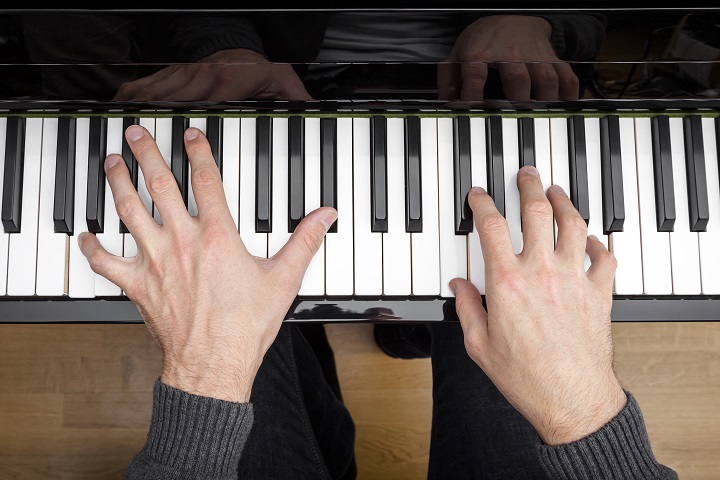how to play piano notes
In sheet music, chords are made up of two or more notes stacked on top of each other on the staff. you read them the same way you read any other note in sheet music -- by memorizing which line or space corresponds to each note. to play a chord, you just play all the stacked notes at the same time.. The root note (first note) is the chord name. in a minor chord, you have 2 notes between the root note and the middle note and 3 notes between the middle note and the top note.. you have learned how to play any major or minor chord and how basic chords work. you can find more details and piano tutorials on my website:. Here are some easy piano chords according to key. learning to play these basic chords will give you a strong foundation to build upon. key: c. basic piano chords in the key of c: c f g am. notes of the c chord: c e g notes of the f chord: f a c notes of the g chord: g b d notes of the am chord: a c e. key: d. chords in the key of d: d g a bm. how to play piano notes
Different techniques to play piano chords 1) play the chords as they are to a set beat. this is the easiest way to play chords on piano. simply play the chords for the song either once per beat or more (2 or 4 times is most common) using either your left or right hand. listen to the beginning of “stay with me” by sam smith you should hear 3. The key thing to remember is that piano music simply uses the basic elements of sheet music – it just has a lot of them because a piano player has 2 hands and a total of 10 fingers and therefore the potential to play a lot of notes at any one time. typical piano sheet music. piano music tends to have 2 staves. usually (but not always), the.
---> click here <---

